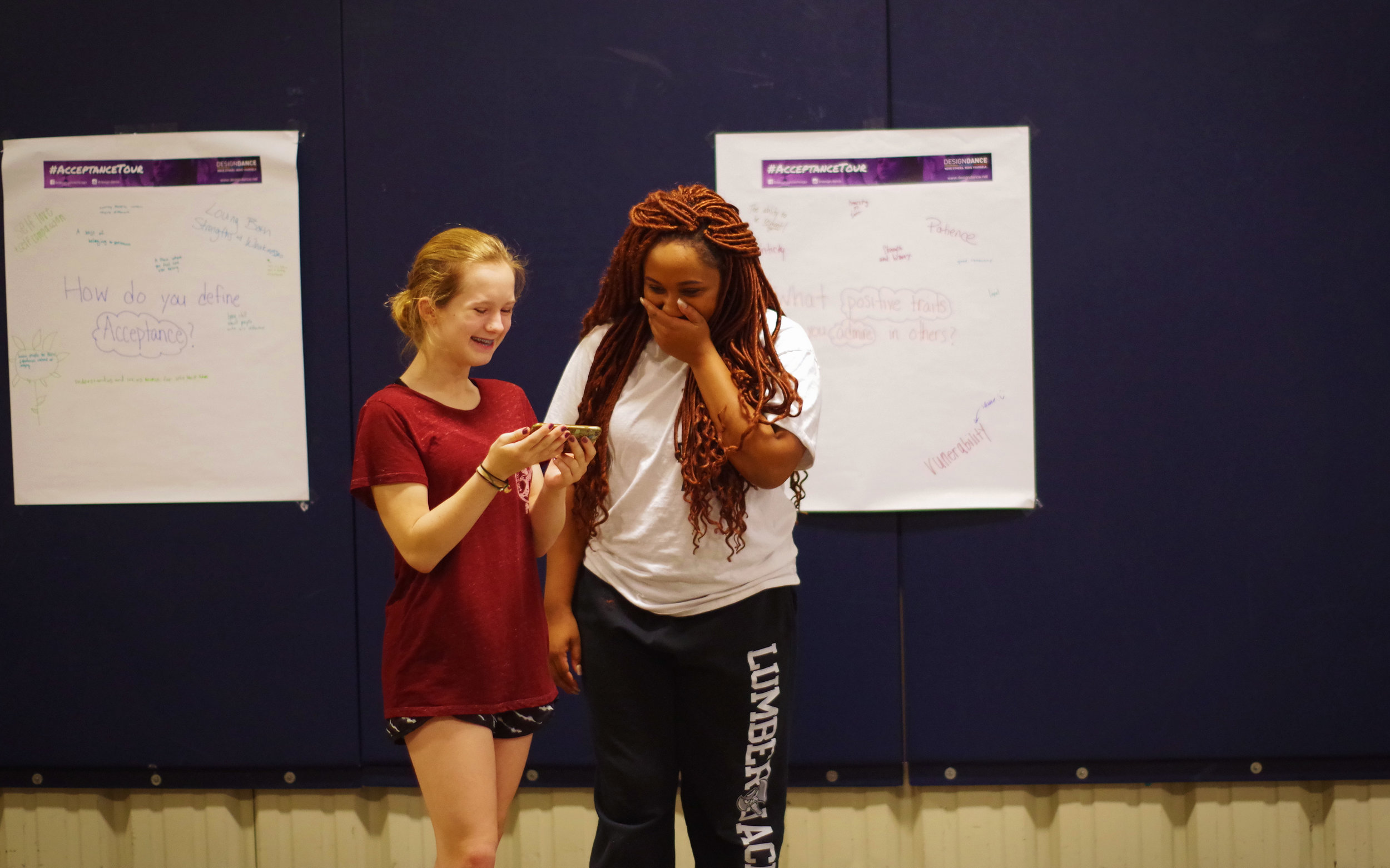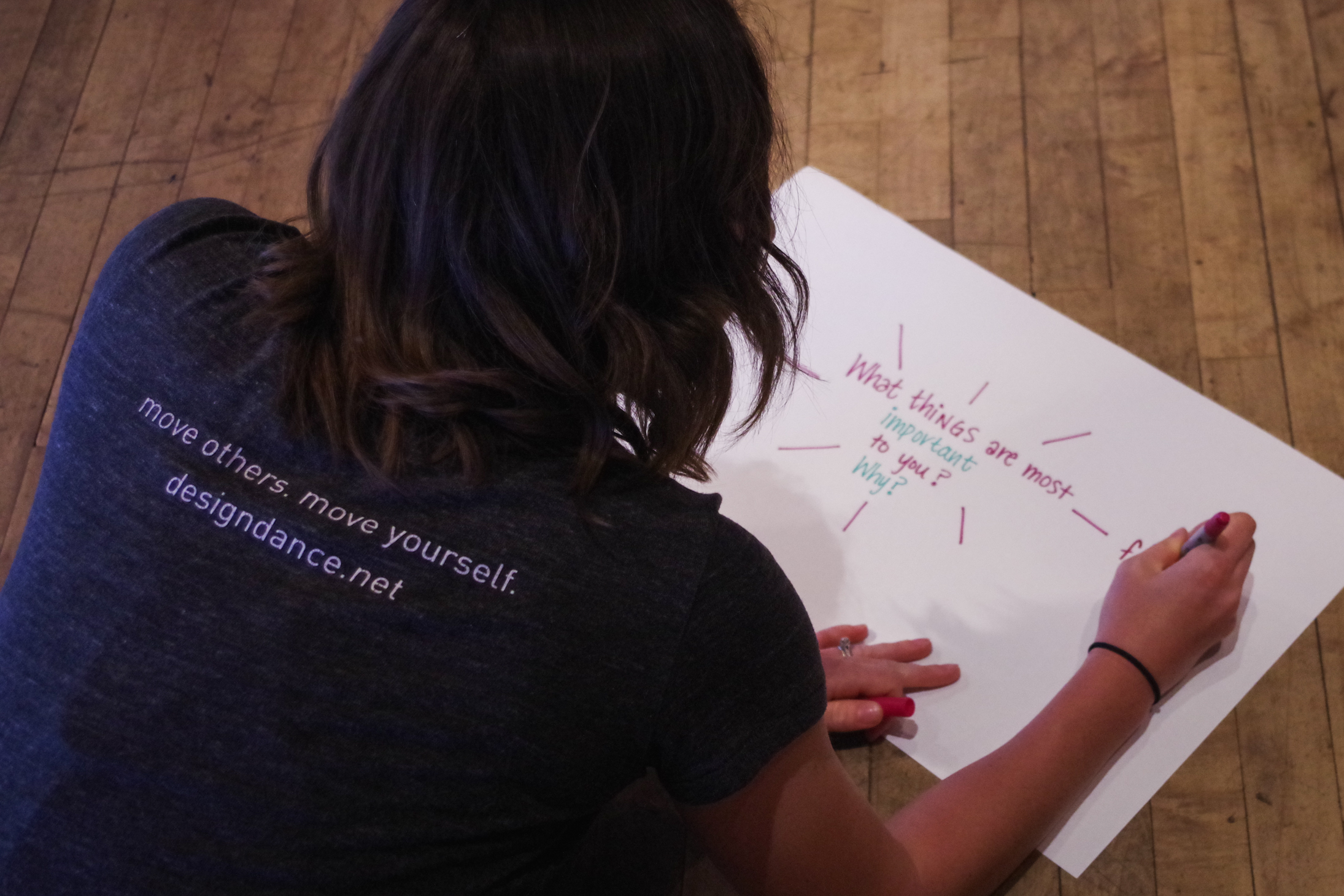



Social-Emotional Learning (SEL)
SCROLL DOWN
Social-Emotional Learning (SEL)
What is SEL?
Social Emotional Learning is the process through which individuals internalize skills and behaviors relating to self-awareness, self-management, social awareness, relationship building and responsible decision making. SEL enables students to understand and control their emotions, empathize with others, and work as a community so that they can become healthy, responsible and empowered adults (CASEL.org).
Where did SEL come from? Researchers and practitioners. SEL is product of scientists focusing on Child Development as well as teachers working on classroom management strategies in real time. Social Emotional Learning provides tools and a framework for parents, teachers, and communities to enable students to cope with “the test of life, not a life of tests” (Elias 40).
The Key Components of Social Emotional Learning (Hopelab 18):
+Self-Awareness: Recognizing your feelings and their effect on others; such as strengths, limitations, confidence and optimism.
+Self-Management: Regulating your emotions and behaviors; such as delaying gratification, managing stress, and personal motivation.
+Social-Awareness: Empathizing with others, despite differing backgrounds, ethnicities or cultures; relating to and developing ethical and social codes.
+Relationship-Building: Establishing and maintaining healthy individual and group relationships; clear communication, cooperation, conflict negotiation and seeking help.
+Responsible Decision Making: Making considered behavioral choices; taking into account ethics, social codes, potential outcomes and the well-being of yourself and others.
Social Emotional Learning isn’t a new construct in our education system, but it’s clearly gaining value as we learn more about how students react to SEL initiatives and classrooms.

Why is SEL Important?
Why is SEL Important?
In order to absorb math, science, english, and all core subject areas, students must learn how to listen, communicate, and process in effective and healthy ways. SEL “teaches the personal and interpersonal skills we all need to handle ourselves, our relationships and our work effectively and ethically” (Gabrieli and Krachman, Ready to be Counted). Social Emotional Learning helps us build our most dynamic and efficient classrooms where material can be internalized and put into practice rather than traveling in one ear and out the other. For example, Durlak et al. surveyed non-SEL programs alongside 213 universal SEL programs and found that SEL students academically outperformed Non-SEL students by 11-percentile points (Durlak 82).
SUPPORTING STUDIES
The Collaborative for Academic, Social and Emotional Learning (CASEL) has been working with Chicago Public Schools for 20 years to create SEL empowered classrooms. Here’s how Social Emotional Learning impacts students in practice:
District suspensions have decreased by 65% in just a 2 year period.
Graduation rates have been increasing in tandem with SEL prioritization.
In a survey of teacher conducted skills tests, 3rd graders in 21 schools saw an increase in decision making skills and and social-awareness skills.
Reading and math state testing scores have been significantly higher since the increased focus on SEL.
GPA levels have been significantly higher once SEL students reached high school (CASEL.org).
According to a 2015 study in the American Journal of Public Health, 753 kindergartners who were introduced to SEL focused classrooms, were later surveyed into adulthood and reported to have
Graduated high school in 4 years
Completed a college degree
Obtained stable employment post graduation (Greenberg and Crowley, Early social-emotional functioning and public health).

How Does Dance Reach SEL Goals?
How Does Dance Reach SEL Goals?
Arts education has long been an ally of social emotional learning. In particular, dance education provokes students to work collaboratively both physically and emotionally with other students, evaluate personal behavior as it reflects on self and others, and make decisions both personally and as a community that promote empathy and optimism at any age.
Students build self-awareness by learning the difference between personal and shared space, safe physical interaction with peers and their role in creating a group movement (strengths and weaknesses).
Dancers build self-management by sharing props and resources, taking turns sharing skills and techniques, and conflict mediation as students compromise to make choices as an ensemble.
Social-Awareness is prioritized in a variety of ways: as students learn about different cultures and origin stories of dance forms, a wider understanding of physical communication around the globe is promoted; students also grow to learn the expectations of ensemble behavior such as waiting your turn to perform and praising and challenging peers through feedback.
As students learn to give and receive feedback about personal work and behaviors, they grow valuable relationship skills such as communicating succinctly and effectively, listening actively and negotiating conflict in healthy ways.
Through an emphasis on how choice affects community, dance promotes responsible decision making as students learn the strengths and limitations of fellow movers.

